If your child loves chowing down on fruit snacks, licking the frosting off a cupcake, or eating a popsicle on a summer day, they may have consumed Red Food Dye No. 3.
As of January 2025, the U.S. Food and Drug Administration (FDA) has officially banned this synthetic dye from foods and medications because research shows that it may come with some health and behavioral risks. Manufacturers have until 2027 to remove Red Dye No. 3 from foods and until 2028 for medications.
Here’s what you need to know.
What is Red Dye No. 3?
According to the FDA, Red Dye No.3 is “a synthetic food dye that gives certain foods and drinks a bright, cherry-red color.”
Why was Red Dye No. 3 banned?
The FDA’s decision to ban Red Dye No. 3 stems from growing concerns about its potential health risks. Animal studies have linked high doses of the dye to cancer, particularly thyroid tumors in lab rats. While these effects haven’t been definitively proven in humans, U.S. law prohibits the use of additives that have been shown to cause cancer in animals.
Additionally, there’s increasing concern about the dye’s impact on children’s behavior. Some studies suggest a possible link between synthetic dyes and attention issues, hyperactivity and restlessness in sensitive children. Some parents have reported behavioral improvement after removing artificial dyes from their child’s diet, but there is no evidence supporting these dietary changes as treatments for behavior problems.
What foods and products contain Red Dye No. 3?
Common food products that contain Red Dye No. 3 include:
- Candy
- Cakes and cupcakes
- Cookies
- Frozen desserts
- Frostings and icings
- Sprinkles
- Cereals
- Soda
- Maraschino cherries
- Chewing gum and mints
- Fruit and vegetable juices
- Seasoning mixes and marinades
- Strawberry milk
Common medications that contain Red Dye No. 3 include:
- Liquid medications, like cough syrups
- Chewable tablets
- Coated tablets
- Gummy vitamins
How can parents protect their children from Red Dye No. 3?
Check the ingredient labels for any mention of Red Dye No. 3. Be especially cautious with colorful snacks, desserts and children’s medication. Keep in mind that Red Dye No. 3 may also be listed as:
- Erythrosine
- FD&C Red No. 3
- FD&C Red 3
- Red No. 3
- Red 3
- Red #3
- Red Dye 3
How do I choose foods without artificial food coloring and additives?
Look for natural alternatives to artificial food coloring. Opt for products colored with natural ingredients like beet juice, paprika or annatto. Many brands now offer dye-free versions of popular snacks.
Another way to limit exposure to dyes? Choose whole foods. Reducing processed foods naturally limits exposure to synthetic dyes. Fresh fruits, vegetables, whole grains and lean meats are not only dye-free but also packed with nutrients.
Are all food dyes harmful?
Not all food dyes are harmful – but some raise more concerns than others. Food dyes fall into two main categories:
- Synthetic (Artificial) Dyes: These are man-made, often petroleum-based and include dyes like Red No. 3, Yellow No. 5, and Blue No. 1.
- Natural Dyes: These are derived from plants, minerals or animals.
Although the evidence regarding the long-term safety of artificial dyes is in doubt, natural food dyes are generally considered safe. Whole, unprocessed foods don’t contain any artificial dyes or other additives and are almost always the best option for you and your family.
 https://riseandshine.childrensnational.org/wp-content/uploads/2025/11/two-friends-feature.jpg
300
400
Danielle Robbins
https://riseandshine.childrensnational.org/wp-content/uploads/2017/11/childrens_riseandshine_logo.jpg
Danielle Robbins2025-11-13 13:55:082025-11-14 10:17:49Navigating friendships when your child has epilepsy
https://riseandshine.childrensnational.org/wp-content/uploads/2025/11/two-friends-feature.jpg
300
400
Danielle Robbins
https://riseandshine.childrensnational.org/wp-content/uploads/2017/11/childrens_riseandshine_logo.jpg
Danielle Robbins2025-11-13 13:55:082025-11-14 10:17:49Navigating friendships when your child has epilepsy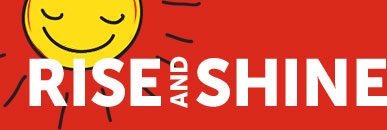



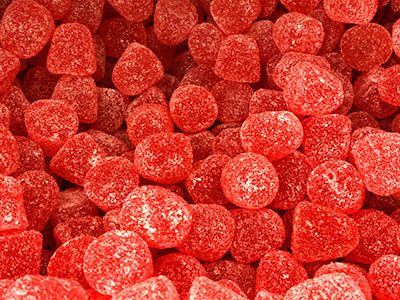









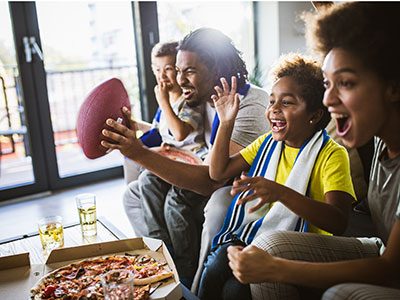
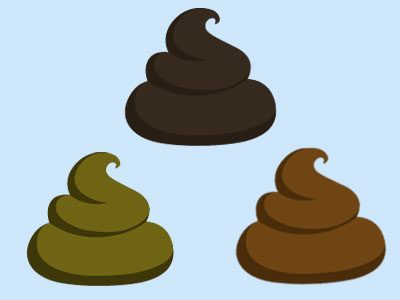


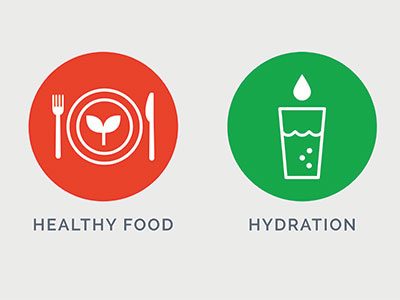
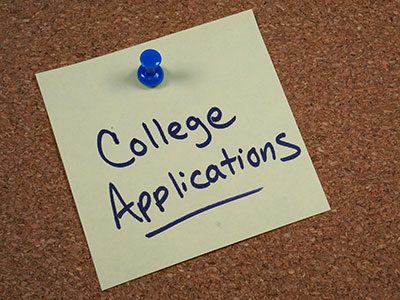

Leave a Comment
Want to join the discussion?Feel free to contribute!